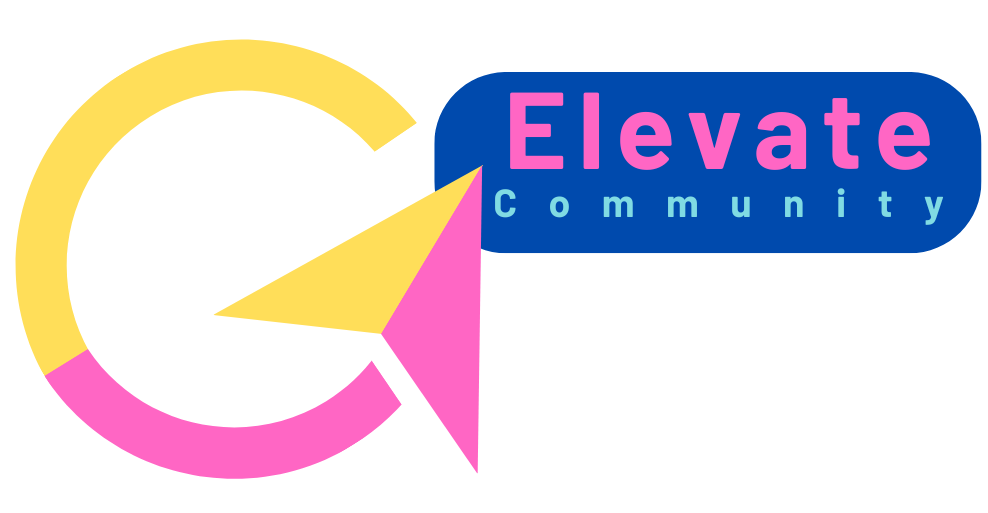
Companies today face increasing pressure to not just deliver great products and services, but to operate in a socially responsible manner that aligns with their key stakeholders’ values – customers, employees, communities, and more. Navigating the diverse and sometimes conflicting priorities of these groups is challenging.
The key is fostering stakeholder understanding through active listening and engagement in digital communities. By cultivating these online spaces for open feedback and dialogue, companies can identify overlap between stakeholder values and organizational values. Acting authentically on shared values builds trust, loyalty, and stronger brand connections.
A powerful way to drive this critical stakeholder understanding? Creating digital communities for customers and employees. A recent HBR article, How Companies Should Weigh in on a Controversy by David Bersoff, Sandra Sucher, and Peter Tufano outlined how companies should approach weighing in on controversies by first identifying stakeholder needs and interests. Suggested methods include interviews, focus groups, surveys, understanding views on societal issues, and gathering employee feedback.
The article categorized key stakeholders as customers, employees, owners/shareholders, local communities, future generations, and voters. Globally, employees and customers ranked as the most important stakeholder groups. However, companies seem to be serving owners/shareholders best, with employees and future generations faring worst, followed by customers.
Another area for improvement mentioned in the article? Communicating and acting on company values – only 31% of customers and 51% of employees felt companies succeeded here. Companies can identify intersections between their values and stakeholder values, then audit where they’re demonstrating shared values and how it’s communicated. Seek stakeholder input through digital communities to validate if you’re focusing efforts correctly.
Customer-centric companies are also employee-centric, with mechanisms to capture the voice of employees across all interactions. Providing online employee communities for engagement, innovation, support, and belonging increases trust, loyalty and enhances the customer experience.
To systematically collect the voice of customer and employee, build feedback loops into surveys and create digital listening posts at key friction/engagement points. Virtual customer and employee communities allow stakeholders to assemble, share feedback, ideas, learnings, and cultivate belonging.
The authors suggest to map potential friction based on digital community insights. Proactively communicate rationale behind decisions rooted in company values, even if decisions don’t fully satisfy all stakeholders. When prioritizing, the authors suggests asking:
Who’s responsible for long-term success?
Who’s most affected by this decision?
Leading organizations , such as HP, embed stakeholder feedback via an “issues committee” to keep leadership informed and accountable.
Cultivating stakeholder trust and loyalty is essential yet difficult work. The upside is huge – loyal customers spend up to 25% more, engaged employees are 25-50% more productive. Companies must prioritize stakeholder understanding and value alignment.
The solution is clear – build digital customer and employee communities as places for candid feedback, idea sharing, and belonging. Use these online communities as listening posts for valuable insights. Then put those insights into action through values-aligned decisions demonstrating you’ve heard stakeholder needs.
It’s an ongoing cycle of listening, adapting, and strengthening relationships across your ecosystem. Digital communities power this virtuous cycle of engagement, alignment, and mutual success.
